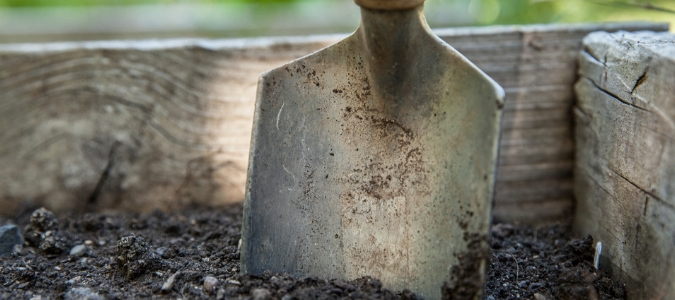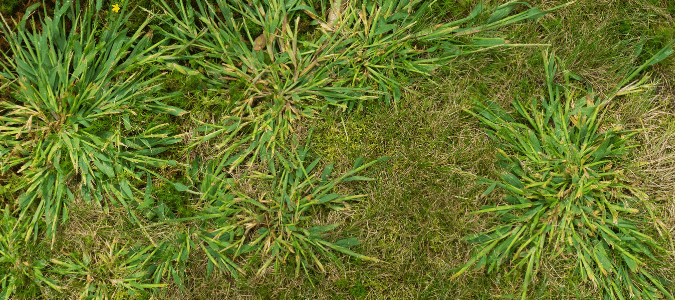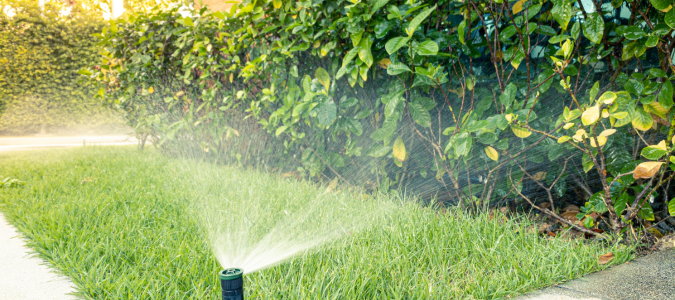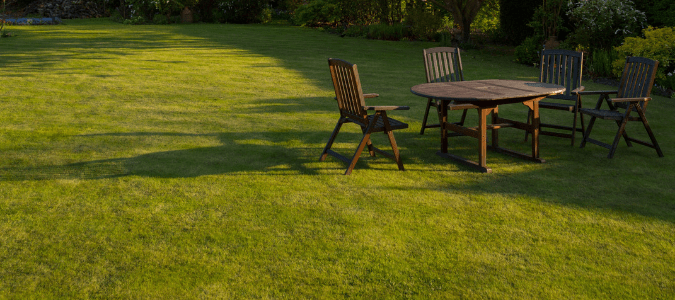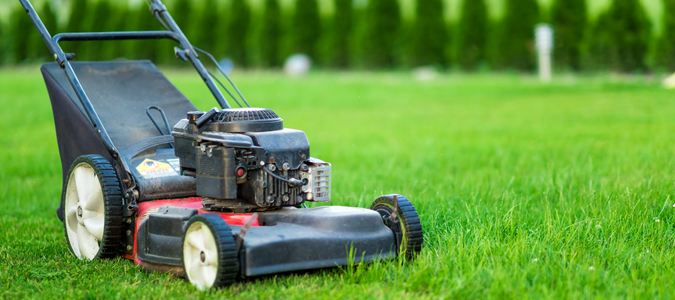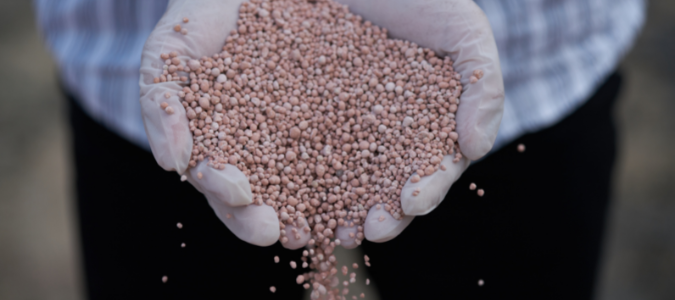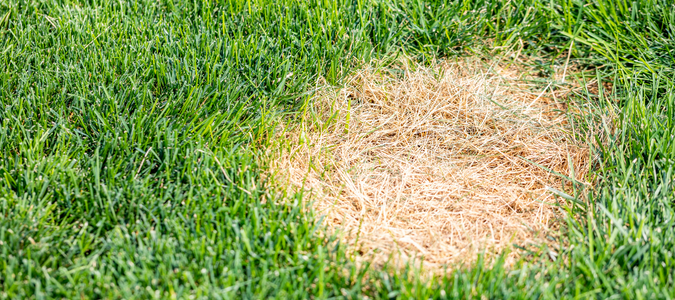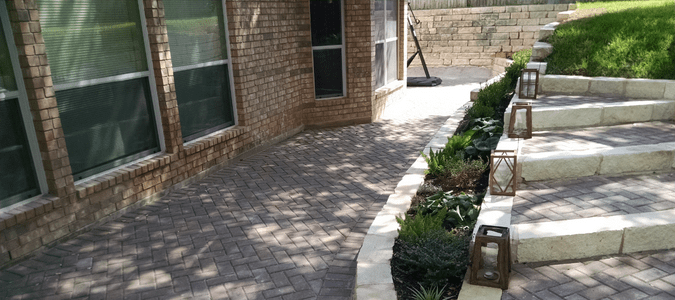Aerating Versus Dethatching: What’s the Difference?
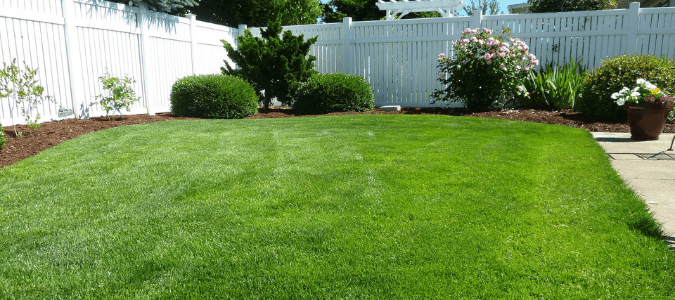
Keeping your lawn looking its best isn’t always easy, but it can be rewarding. Periodic dethatching and aeration are beneficial treatments for keeping your lawn green, healthy and beautiful.
Dethatching removes built-up dead grass blades and organic matter that resides on the soil surface below the green, creating a barrier. This barrier inhibits water, nutrients and air from getting into the soil to reach the root zone. Dethatching slices this barrier and allows that debris to be removed.
Aerating, on the other hand, helps to break up compacted soil, removes built-up layers of organic matter and introduces pathways for air, water and nutrients to reach deeper into the root zone.
What Is Dethatching Grass?
Dethatching your lawn is a helpful step in keeping your lawn healthy and green throughout the year. Dethatching helps remove any built-up debris or organic matter on the surface that may prevent water, air and other nutrients from reaching the … Read Full Post »
